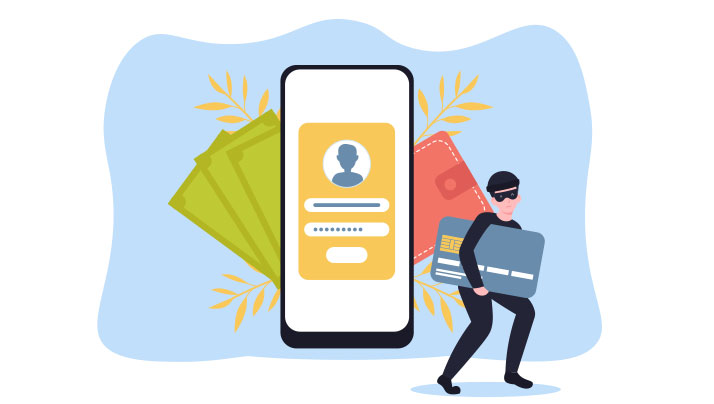Mobile apps have begun to fill many areas of our lives by offering ease and convenience. Because of this, businesses and organizations are looking for new ways to connect with their customers. Many are choosing to invest in mobile app development as a viable way of delivering value. However, the more popular mobile apps become, the more vulnerable they are to hacks. This is why it is crucial to ensure the safety of your mobile app. Today we will outline seven key techniques that can help app developers build secure and reliable apps.
Work With A Security Team
In the very beginning, ensure you have selected a security team that you can depend on if anything goes wrong. Mobile app development is a long process that requires brainstorming, researching, planning and building prototypes. Thus, any changes you make throughout the different stages of app development should incorporate security features. You will need to consider your goals and priorities to meet the needs of your audience. Always ask your security team to provide feedback on the safety of your app. Whenever a major issue occurs, be sure to consult them so you know what steps you should take.
Develop With An Attacker Mindset
As you develop your app, be sure to ask questions from an attacker’s perspective. Consider whether the code is easy to crack or whether the app can be hacked easily. Adopting this technique can help you identify issues you may not have thought about before. Regardless of how small a problem may appear, you should ensure it is fixed promptly. Minor vulnerabilities can be the perfect passageway for cybercriminals. To eliminate potential attacks, it is recommended to do code reviews, look for possible ways to exploit the app, and address flaws immediately.
Perform Application Security Testing
Bugs and weaknesses can often occur in software. This is why conducting regular tests is a key step to ensuring your app can withstand potential cyberattacks. If an app does not have proper security, the reputation of the business will be at risk. Use this application security testing resource to uncover unknown vulnerabilities and respond to threats. ForAllSecure allows you to implement layers of security testing that will help you receive in-depth information about the system and detect loopholes. With testing, your team will be able to verify the software on all possible grounds. This can help protect your interests in the future.
Include SSL Certificate
Mobile apps which lack SSL Certificates are more susceptible to cyberattacks. If you do not have this certificate, hackers have the opportunity to break into your app, intercept traffic, place a fake login, and redirect your users. To prevent all of this from happening, you should ensure SSL validation is implemented. This will assure your audience that the app is safe to use. Your site needs to be enabled with an organization name and padlock as this can boost your business reliability.
Incorporate User Authentication
Many users tend to forget their passwords or set up weak ones, which makes it easy for hackers to crack their login details. To offer an extra layer of security, you can introduce two-factor authentication or 2FA into your mobile app. This is especially important if your app includes financial transactions or stores confidential information. Be sure to authenticate the identity of the user. There is a range of 2FA elements that you can implement. For example, it is common for a randomly generated code to be sent to the user via SMS or email. Other options include fingerprints or retina scans.
Minimize Permission Grants
It is best to avoid asking for too many permission grants. Every permission requested by your app poses potential vulnerabilities. To solve this issue, only ask for the consent that you need. For instance, if your app does not use the camera, do not request access. A good idea could be to go through the list of permissions and remove the ones that are not absolutely necessary. If the list is too long, users might get overwhelmed and decide not to use your app. You can also ask for some permissions in the beginning and then request others as you need them.
Protect Sensitive Data
It is vital to consider the sensitive data being stored on your app. As part of developing a secure app, you will need to determine how user data will be protected. If a user’s device is affected by malware or they lose their device, ensure you can help them protect the information that your app holds. Encryption is a primary tool that is used in these cases. Check out these tips to set up a strategy and reduce the risk of hacks. This will be beneficial to increasing the safety of your app and building trust with users.











